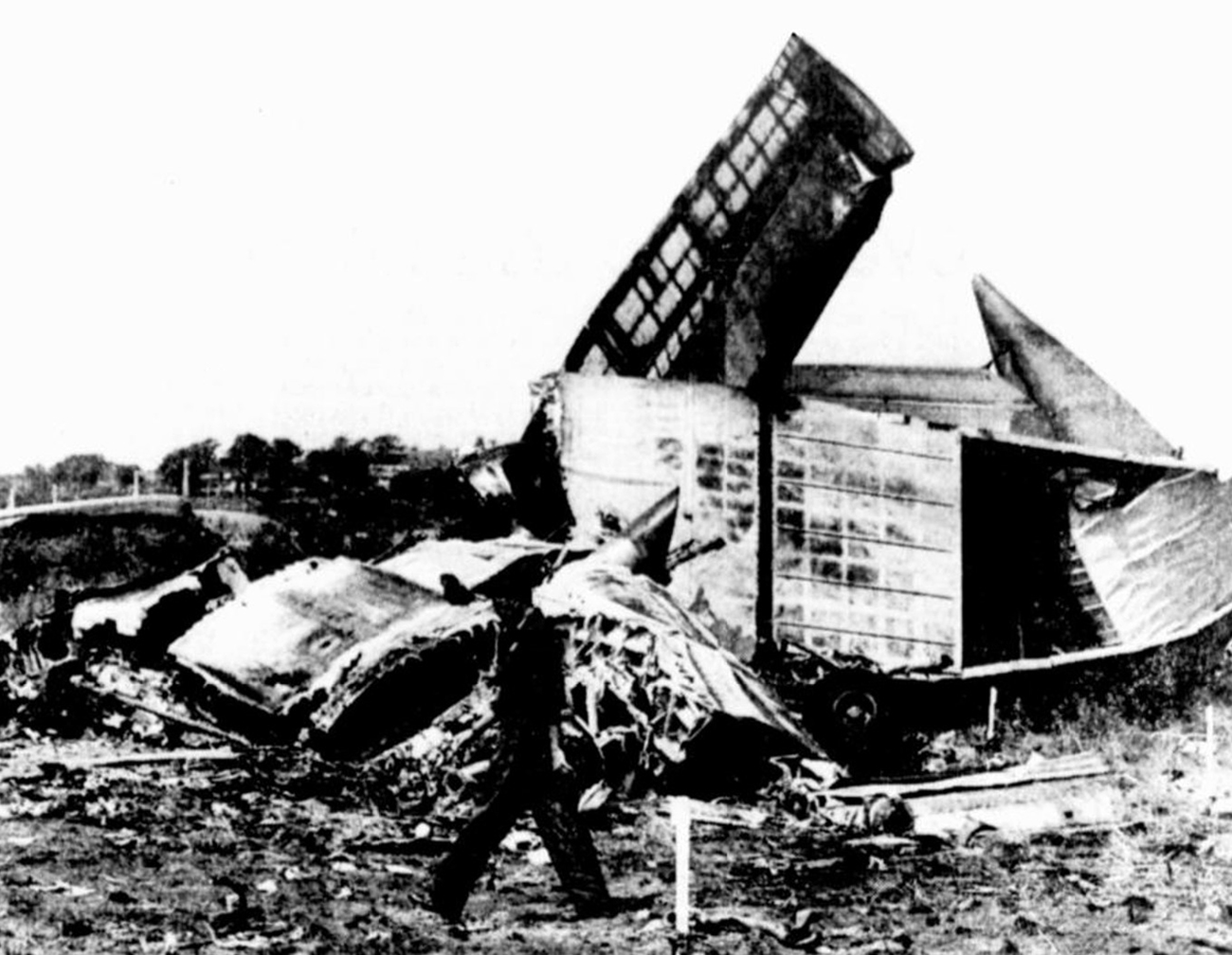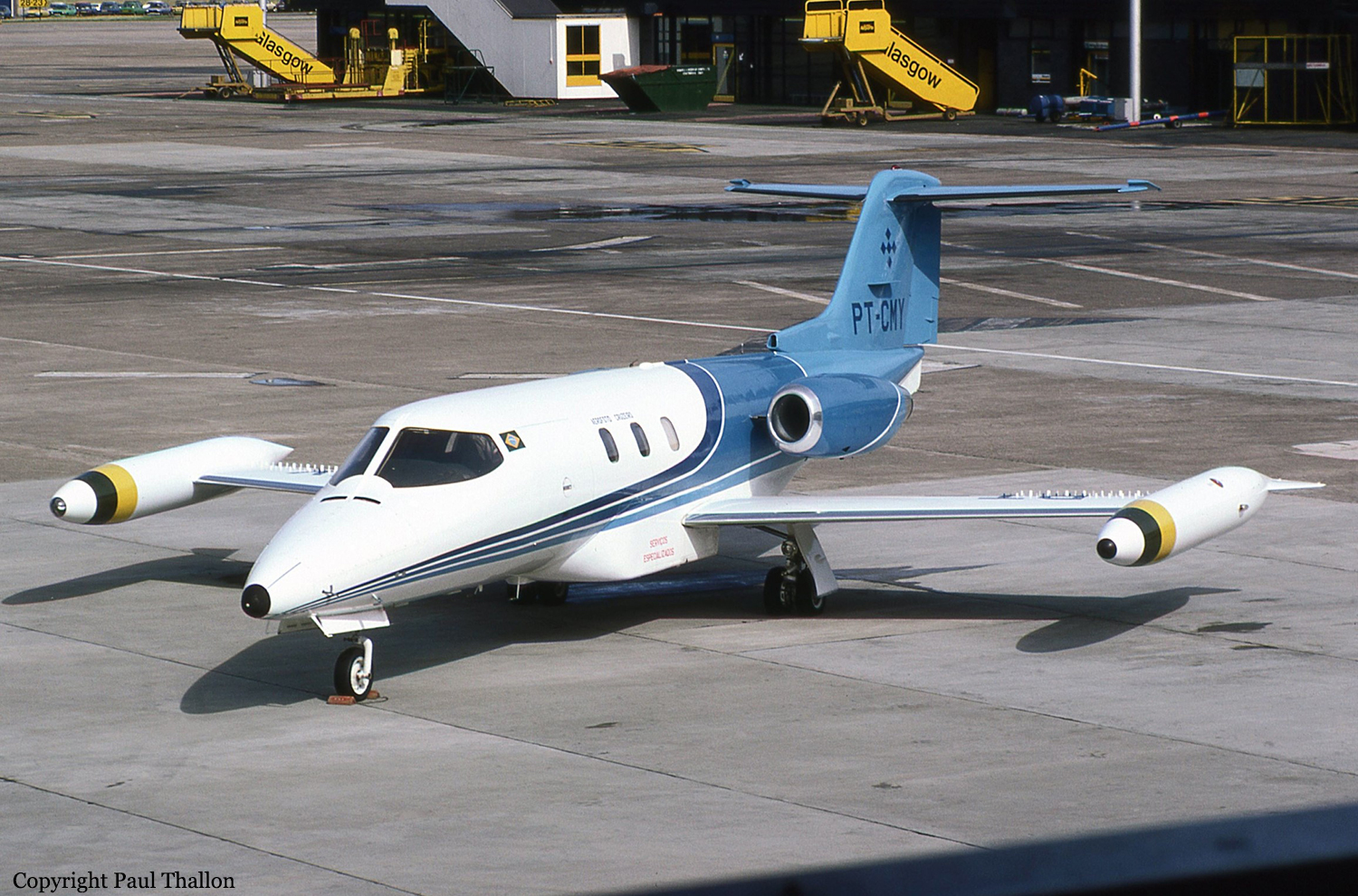Crash of a Learjet 25D in Brasilía: 7 killed
Date & Time:
Mar 18, 1991
Registration:
PT-LLL
Survivors:
No
Schedule:
Uberaba - Brasilía
MSN:
25-258
YOM:
1978
Crew on board:
2
Crew fatalities:
Pax on board:
5
Pax fatalities:
Other fatalities:
Total fatalities:
7
Circumstances:
On a night approach to Brasilía Airport, the aircraft crashed 8 km short of runway. All seven occupants were killed.









